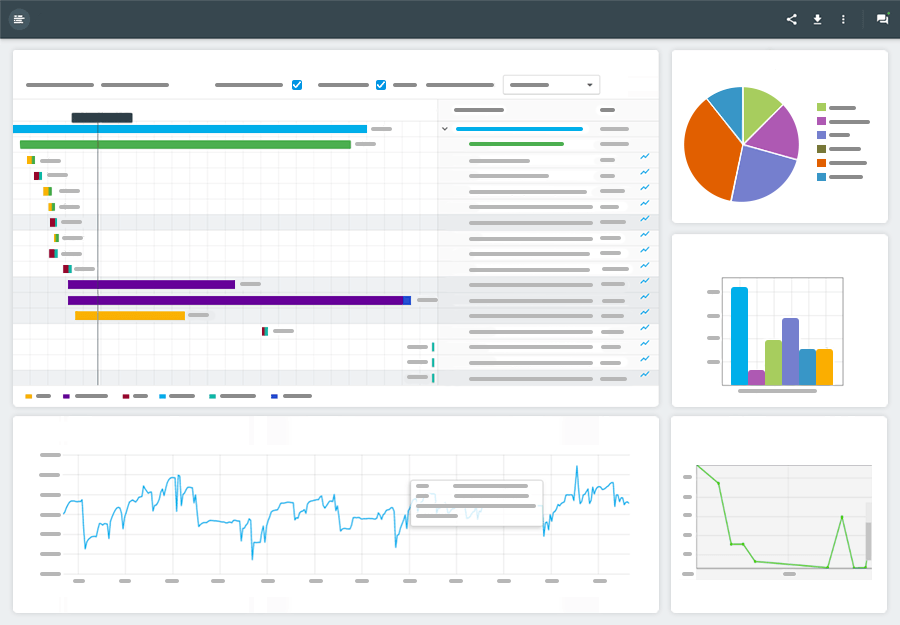Is Your Website Underperforming?
You built a beautiful website where you sell fantastic products or publish fascinating articles. And then…nothing. Your Google search rankings are frustratingly poor and you’re afraid of your website underperforming. The site takes forever to load. Profits? What are those?
You’re not doomed to failure. Website speed is a factor that could possibly make or break a business. Google considers page load times when determining search rankings. The faster your website is, the higher your search ranking. Website performance also affects visitors and conversion rates. No one has the patience to wait for web pages to load while they’re trying to read or shop. If you make them wait too long, they’ll give up and go away. Large companies like Amazon report a 1% increase in sales for every 100 milliseconds they shave off of page load times.
Website speed is something you can fix. But first, you need to figure out exactly why your website is underperforming.
Ask Google
Google PageSpeed Insights can test how quickly your site loads and recommend changes to improve your site performance. It can’t test how quickly your site handles certain processes like login or checkout, so this is only a starting point.
![]()
Time For a Load Test
Load testing lets you know how well your website will perform under heavy traffic conditions. It lets businesses prepare for those days when you get more site visitors than usual, such as Black Friday.
A load test starts with a few virtual site visitors and then gradually increases the number of virtual users. Any load testing software, such as LoadView or Apache JMeter, will provide reports showing where any slowdowns occurred, allowing you to pinpoint the source.
Make Some Sitewide Changes
If your entire website is consistently slow, you may need a better web hosting package. You may need to switch to a different provider or upgrade with your existing provider.
Something else that can slow down an entire website is the design. Clean, uncluttered web pages load more quickly than complex ones. If you built your site with a template, switching to another one may improve your website performance. Online reviews of specific templates can point you in the right direction.
Images are loaded separately from other page content, causing slow page load times. Some images are crucial, such as product images. But others are unnecessary. For example, you may be using an image to control how some text appears but could get the same results using CSS.
Plugins also load separately from the rest of a web page. Eliminate the plugins you don’t really need. For the rest, check online reviews to make sure you’re using the fastest plugin for the job.
You may want to look into automating some of these checks, so your site is always protected. Find out more about application monitoring tools and how they could benefit your website.
Re-examine Your Content
Often, content is added to a site (either directly or via a Content Management System) without any thought to technical requirements. This is common for companies who do not have an in-house developer or website designer and instead allow untrained employees access to the backend of their website, causing all sorts of problems that they are unaware of at the time.
Bigger is not better when it comes to images. When a user’s browser renders a web page, it re-sizes the photos to fit in their spot. This takes time. If you re-size your images down to the correct size, they’ll load more quickly.
Words may have more behind them than you think. If you write product descriptions or other copy directly in your CMS, the system will generate elegant, quick loading code. But if you write in another application such as MS Word, and then copy and paste into the CMS, the original application’s formatting comes along for the ride.
That results in clunky, excess code that web browsers have to sift through when loading a page. Instead, copy and paste the text into a text editor to strip out the invisible formatting codes. Then copy and paste the clean text into the CMS.
Repeat the Load Test
Once you make improvements, load test your website again to see how much better it’s performing. If it still takes more than 2 seconds for a page to load, then use the test reports to dig even deeper. Don’t let the fear of your website underperforming affect your bottom line. Instead, know what to expect and be prepared to handle it.


